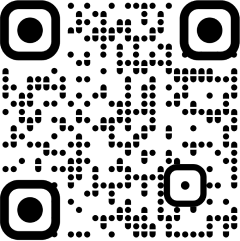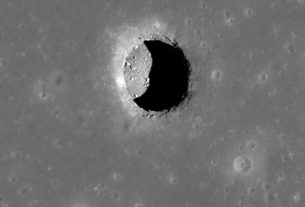Gurugram:Country’s second largest two-wheeler maker Honda Motorcycle & Scooter India (HMSI) will launch three internal combustion engine (ICE) models and two electric vehicles (EVs) during 2023-24. The 2 EVs under project Vidyut will include a mid-range fixed battery scooter and a swappable type vehicle.
According to Atsushi Ogata, Managing Director, President & CEO, HMSI, “By 2030, we will launch many new EV models in different body styles. The first electric scooter to be launched will be based on an existing platform and mass production will begin in mid-March 2024, followed by market launch.”
“In the ICE category, we will launch a 160cc motorcycle and 125cc scooter in the next quarter. We will also launch a 350cc motorcycle by November this year,” Ogata said in response to a query at a media roundtable on Wednesday.
In April last year, ETAuto reported about HMSI’s intent to launch multiple EVs in the country.
The company is building up the infrastructure for an EV-only dedicated assembly line, the Factory-E, with “high level of automation” at its Narsapura plant in Karnataka. The initial EV production capacity is expected to be at 6 lakh units, which it aims to phase-wise expand to one million by 2030. The plant has four assembly lines, which are currently producing the Activa scooter and Shine motorcycle. By the next fiscal, the production of these models will be shifted to its upcoming new assembly line with an additional capacity of 6 lakhs at its Vithalapur plant in Gujarat.
These EVs are India-specific and not being considered for exports as yet. An EV in the commuter motorcycle is unlikely. However, the company is exploring the scope of building sporty electric motorcycles, based on the Navi concept.
The two-wheeler maker said that its EVs will utilize domestically manufactured batteries and PCUs (Power Control Units). The motor will also be designed and produced in-house by Honda. These components are expected to be produced in the Narasapura-based EV factory.
However, Ogata said that it is difficult to manufacture all EV parts in India. Thus, some parts will be imported from China and other countries in Asia including Japan. “Localisation in EVs is expected to be lower than ICE vehicles.”
To build the EV infrastructure, HMSI will equip its existing dealership network of 6000 touchpoints with charging spots. Out of this, some will be transformed to EV dedicated service networks with HEID battery exchangers and charging cables.
Among the conventional t-wo-wheeler players, Hero MotoCorp marked its foray in the electric mobility segment with the launch of Vida V1 in October last year. Bajaj Auto sells Chetak electric scooter and TVS Motor offers the iQube. Other players in the segment include Ola Electric, Ather Energy, Okinawa Autotech, Hero Electric, Ampere Vehicles, etc. Currently, EVs occupy about 5% share of the overall two-wheeler market in the country.
HMSI has four manufacturing facilities, one each in Manesar (Haryana), Vithalpur (Gujarat), Tapukara (Rajasthan) and Narasapura (Karnataka). Its overall annual production capacity is at 52 lakh units.
Honda Power Pack Energy
In October 2021, Honda Motor Company Japan through its newly- established subsidiary Honda Power Pack Energy India, announced plans to begin battery sharing service in India for electric three- wheelers.
The company is operating its Battery-as-a-Service (BaaS) business on a commercial basis with 23 swap stations in Bengaluru. It also has a collaboration with Hindustan Petroleum Corporation Limited (HPCL) for battery swapping.
HMSI’s upcoming swappable battery two-wheelers will also be powered by the company’s battery packs called Mobile Power Pack e: (MPP).
Unlike Sun Mobility which provides standardized EV batteries, the Honda swappable battery packs cannot be used by all OEMs. It is required to be integrated into the motor system and vehicle buildup as per its design and software integration parameters. However, Honda said it is open to partnerships with other two-wheeler OEMs for swappable batteries.
Business outlook
The company which recently entered the base-level commuter motorcycle segment with Shine 100 will begin mass production of the model in April.
For FY24, Ogata expects two-wheeler sales in the industry to report a lower double-digit growth.
Going forward, the automaker which currently exports 18 models to over 38 countries is looking to expand its export footprint to 58 countries with 20 models in FY24. It will export in the Oceania region starting with Australia, New Zealand, and powertrain exports from its Gujarat plant.





